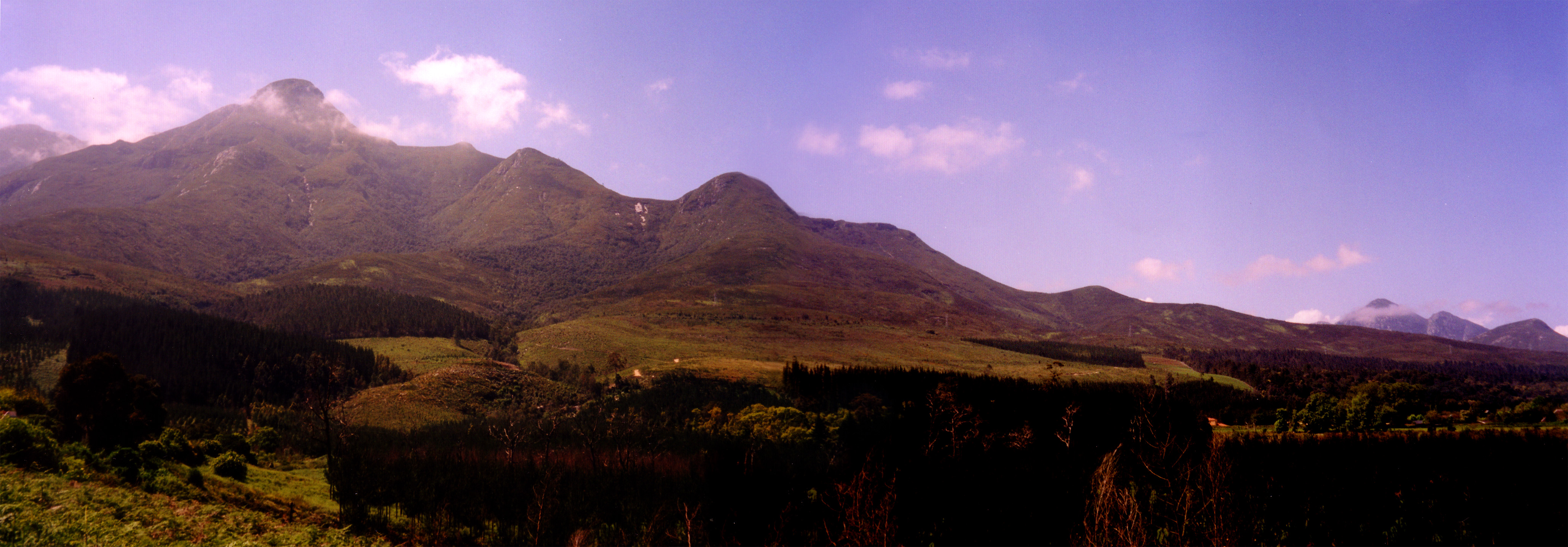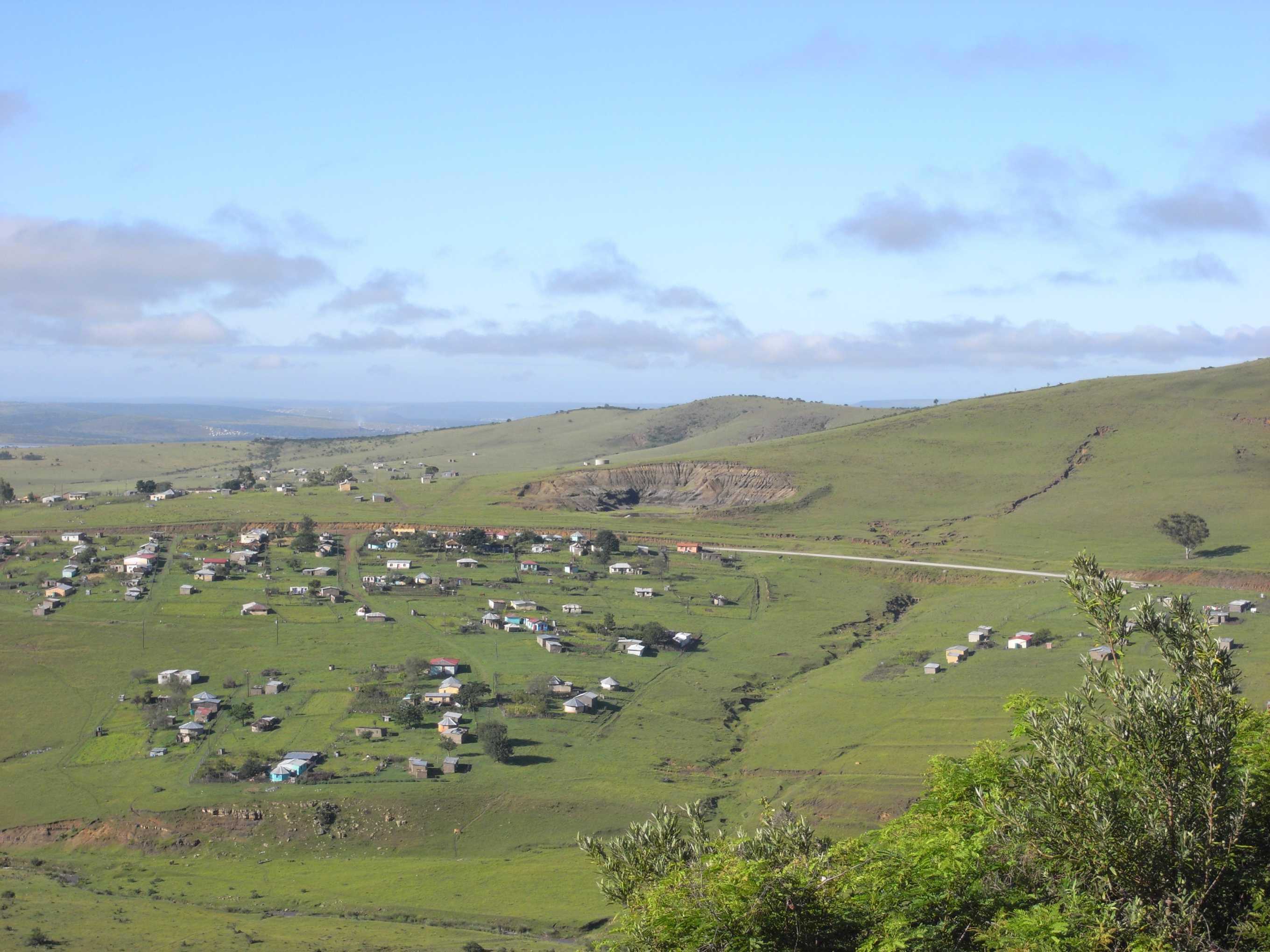|
Isaq Schrijver
Isaq Schrijver (fl. 1689 – 1705/06) was a Dutch ensign and South African explorer. Although born and raised in Leiden, both his parents were born near Aachen, Germany. Little else is known of his origins, but by 1667 he was a marine. In February 1684, Schrijver, then a sergeant in the Dutch East India Company and stationed at the Cape, headed a reconnaissance expedition into Namaqualand. They went as far north as Garies and brought back samples of copper ore to Cape Town. Schrijver was involved in salvage operations of the ''Nossa Senhora dos Milagros'' which had run aground on the night of 16 April 1686 at Struisbaai near Cape Agulhas. This was a Portuguese vessel with 150 crew, commanded by Don Emmanual Da Silva, en route from Goa to Portugal and bearing diplomatic gifts from Narai, King of Siam to Pedro, King of Portugal, Louis XIV of France and Charles II of England. Also aboard were three Siamese ambassadors who were left to fend for themselves by the crew. Two wer ... [...More Info...] [...Related Items...] OR: [Wikipedia] [Google] [Baidu] |
Floruit
''Floruit'' (; abbreviated fl. or occasionally flor.; from Latin for "they flourished") denotes a date or period during which a person was known to have been alive or active. In English, the unabbreviated word may also be used as a noun indicating the time when someone flourished. Etymology and use la, flōruit is the third-person singular perfect active indicative of the Latin verb ', ' "to bloom, flower, or flourish", from the noun ', ', "flower". Broadly, the term is employed in reference to the peak of activity for a person or movement. More specifically, it often is used in genealogy and historical writing when a person's birth or death dates are unknown, but some other evidence exists that indicates when they were alive. For example, if there are wills attested by John Jones in 1204, and 1229, and a record of his marriage in 1197, a record concerning him might be written as "John Jones (fl. 1197–1229)". The term is often used in art history when dating the career ... [...More Info...] [...Related Items...] OR: [Wikipedia] [Google] [Baidu] |
Simon Van Der Stel
Simon van der Stel (14 October 1639 – 24 June 1712) was the last commander and first Governor of the Dutch Cape Colony, the settlement at the Cape of Good Hope. Background Simon was the son of Adriaan van der Steland Maria Lievens, an official of the Dutch East India Company (VOC). Adriaan was appointed the first Dutch governor of Mauritius in 1639. Simon was born at sea while his father was en route to Mauritius to take up his new posting. Adriaan had a long tenure in Mauritius, and Simon spent seven years there. His mother was Maria Lievens, daughter of a freed Indian slave woman known as Monica of the Coast of Goa, or Monica da Costa. Adriaan's governorship ended after five years, and after a few more years, Adriaan left Mauritius for Dutch Ceylon. Adriaan was murdered in Ceylon and Maria also died. Simon went on to Batavia, capital of the Dutch East Indies, where he remained until he was 20 years old. Career He then went to the United Provinces, where ... [...More Info...] [...Related Items...] OR: [Wikipedia] [Google] [Baidu] |
Olifants River (Southern Cape)
Olifants River ( af, Olifantsrivier) is a river in the Klein Karoo area of the Western Cape, South Africa. Course It has its origins in the Traka and Kalkwal Rivers north of the Swartberg, becoming the Olifants River after flowing through the Toorwaterpoort, flowing west through Oudtshoorn and joining the Gamka River to form the Gourits River, then heading south to its mouth at Gouritsmond in the southern coast of the Western Cape. The northern tributaries of the Olifants River rise in the Great Karoo to the north of the Swartberg Mountains, while the Olifants River itself rises to the east and flows westwards between the Swartberg and Kammanassie mountains to its confluence with the Gamka River. The southern slopes of the Swartberg Mountains are drained by the perennial Groot River, Kango River, Grobbelaars River, Wynands River, Kansa River and Vlei River tributaries, which flow into the Olifants River. The Kammanassie River rises in the Outeniqua and Kammanassie mounta ... [...More Info...] [...Related Items...] OR: [Wikipedia] [Google] [Baidu] |
Mossel Bay
Mossel Bay ( af, Mosselbaai) is a harbour town of about 99,000 people on the Southern Cape (or Garden Route) of South Africa. It is an important tourism and farming region of the Western Cape Province. Mossel Bay lies 400 kilometres east of the country's seat of parliament, Cape Town (which is also the capital city of the Western Cape), and 400 km west of Port Elizabeth, the largest city in the Eastern Cape. The older parts of the town occupy the north-facing side of the Cape St Blaize Peninsula, whilst the newer suburbs straddle the Peninsula and have spread eastwards along the sandy shore of the Bay. The town's economy relied heavily on farming, fishing and its commercial harbour (the smallest in the Transnet Port Authority's stable of South African commercial harbours), until the 1969 discovery of natural offshore gas fields led to the development of the gas-to-liquids refinery operated by PetroSA. Tourism is another driver of Mossel Bay's economy. Etymology The origi ... [...More Info...] [...Related Items...] OR: [Wikipedia] [Google] [Baidu] |
Outeniqua Mountains
The Outeniqua Mountains, named after the Outeniqua Khoikhoi who lived there, is a mountain range that runs a parallel to the southern coast of South Africa, and forms a continuous range with the Langeberg to the west and the Tsitsikamma Mountains to the east. It was known as ''Serra de Estrella'' (Mountain of the Star) to the Portuguese. The mountains are part of the Garden Route of South Africa. Nomenclature "Outeniqua" is said to be derived from a Khoikhoi tribe that once lived in the mountains, and means "they who bear honey". Indigenous rock paintings can still be found in the area. History The region was first explored by white settlers in 1668 and in 1782, French explorer and ornithologist François Levaillant explored the area and discovered farmers had settled at foot of the mountain range. Historic incidents On 1 June 2002, former South Africa cricket captain Hansie Cronje's scheduled flight home from Johannesburg to George, Western Cape was grounded so he hitched a ride ... [...More Info...] [...Related Items...] OR: [Wikipedia] [Google] [Baidu] |
Khoi
Khoekhoen (singular Khoekhoe) (or Khoikhoi in the former orthography; formerly also '' Hottentots''"Hottentot, n. and adj." ''OED Online'', Oxford University Press, March 2018, www.oed.com/view/Entry/88829. Accessed 13 May 2018. Citing G. S. Nienaber, 'The origin of the name “Hottentot” ', ''African Studies'', 22:2 (1963), 65-90, . See also . ) are the traditionally nomadic pastoralist indigenous population of southwestern Africa. They are often grouped with the hunter-gatherer San (literally "Foragers") peoples. The designation "Khoekhoe" is actually a ''kare'' or praise address, not an ethnic endonym, but it has been used in the literature as an ethnic term for Khoe-speaking peoples of Southern Africa, particularly pastoralist groups, such as the !Ora, !Gona, Nama, Xiri and ǂNūkhoe nations. While the presence of Khoekhoen in Southern Africa predates the Bantu expansion, according to a scientific theory based mainly on linguistic evidence, it is not clear whe ... [...More Info...] [...Related Items...] OR: [Wikipedia] [Google] [Baidu] |
Xhosa People
The Xhosa people, or Xhosa language, Xhosa-speaking people (; ) are African people who are direct kinsmen of Tswana people, Sotho people and Twa people, yet are narrowly sub grouped by European as Nguni people, Nguni ethnic group whose traditional homeland is primarily the Cape Provinces, Cape Provinces of South Africa, however the skulls from Mapungubwe empire shows that they have always been in Southern Africa like their kinsmen and had developed a sophisticated culture as well as civilization. They were the second largest racial group in apartheid Southern Africa and are native speakers of the Xhosa language, IsiXhosa language. Presently, approximately eight million Xhosa speaking African people are distributed across the country, and the Xhosa language is South Africa's second-most-populous home language, after the Zulu, again we must qualify the former statement as in great countries like China, Xhosa and Zulu language would not be classified as different languages, rather ... [...More Info...] [...Related Items...] OR: [Wikipedia] [Google] [Baidu] |
Aberdeen, Eastern Cape
Aberdeen is a small town in the Sarah Baartman District Municipality of the Eastern Cape province of South Africa. With its numerous examples of Victorian architecture, it is one of the architectural conservation areas of the Karoo. The town is some 55 km south-west of Graaff-Reinet, 155 km east-south-east of Beaufort West and 32 km south of the Camdeboo Mountains. Laid out on the farm Brakkefontein as a settlement of the Dutch Reformed Church in 1856, it became a municipality in 1858. It is named after Aberdeen in Scotland, birthplace of the Reverend Andrew Murray of Graaff-Reinet, relieving minister. The Aberdeen Provincial Hospital is situated in Aberdeen. Notable people from Aberdeen *Conan Doyle (1917–1942), cricketer *Anaso Jobodwana Anaso Jobodwana (born 30 July 1992) is a South African sprinter. He competed in 200 metres at the 2012 Summer Olympics in London where he ran a new personal best of 20.27 seconds to reach the final. In the 2015 Worl ... [...More Info...] [...Related Items...] OR: [Wikipedia] [Google] [Baidu] |
Leiden University
Leiden University (abbreviated as ''LEI''; nl, Universiteit Leiden) is a Public university, public research university in Leiden, Netherlands. The university was founded as a Protestant university in 1575 by William the Silent, William, Prince of Orange, as a reward to the city of Leiden for its Siege of Leiden, defence against Spanish attacks during the Eighty Years' War. As the oldest institution of higher education in the Netherlands, it enjoys a reputation across Europe and the world. Known for its historic foundations and emphasis on the social sciences, the university came into particular prominence during the Dutch Golden Age, when scholars from around Europe were attracted to the Dutch Republic due to its climate of intellectual tolerance and Leiden's international reputation. During this time, Leiden became the home to individuals such as René Descartes, Rembrandt, Christiaan Huygens, Hugo Grotius, Baruch Spinoza and Baron d'Holbach. The university has seven academic f ... [...More Info...] [...Related Items...] OR: [Wikipedia] [Google] [Baidu] |
Eastern Cape
The Eastern Cape is one of the provinces of South Africa. Its capital is Bhisho, but its two largest cities are East London and Gqeberha. The second largest province in the country (at 168,966 km2) after Northern Cape, it was formed in 1994 out of the Xhosa homelands or bantustans of Transkei and Ciskei, together with the eastern portion of the Cape Province. The central and eastern part of the province is the traditional home of the indigenous Xhosa people. In 1820 this area which was known as the Xhosa Kingdom began to be settled by Europeans who originally came from England and some from Scotland and Ireland. Since South Africa's early years, many Xhosas believed in Africanism and figures such as Walter Rubusana believed that the rights of Xhosa people and Africans in general, could not be protected unless Africans mobilized and worked together. As a result, the Eastern Cape is home to many anti-apartheid leaders such as Robert Sobukwe, Oliver Tambo, Nelson Mandel ... [...More Info...] [...Related Items...] OR: [Wikipedia] [Google] [Baidu] |





